|
Your search criteria found 473 images Feature Name |
| My List |
Addition Date |
Target
|
Mission | Instrument | Size |

|
2017-03-21 | Comet |
Rosetta |
OSIRIS |
1999x1002x3 |
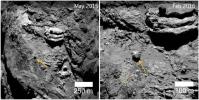
|
|||||

|
2017-03-21 | Comet |
Rosetta |
OSIRIS |
5333x3333x3 |
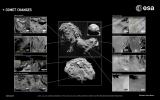
|
|||||

|
2017-07-25 | Comet | 1992x1000x3 | ||
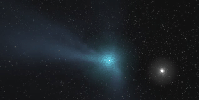
|
|||||

|
2019-04-15 | Comet |
NEOWISE |
NEOWISE Telescope |
3927x2209x3 |
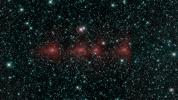
|
|||||

|
2020-07-08 | Comet |
NEOWISE |
860x651x3 | |
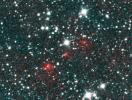
|
|||||

|
1999-01-27 | Earth |
Spaceborne Imaging Radar-C/X-Band Synthetic Aperture Radar |
376x828x3 | |
|
|
|||||

|
1999-04-15 | Earth |
Spaceborne Imaging Radar-C/X-Band Synthetic Aperture Radar |
2447x1789x3 | |
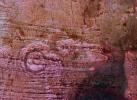
|
|||||

|
1999-04-15 | Earth |
Spaceborne Imaging Radar-C/X-Band Synthetic Aperture Radar |
2206x1758x3 | |
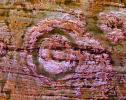
|
|||||

|
2001-12-19 | Earth |
Terra |
MISR |
1548x1713x3 |

|
|||||

|
2002-09-13 | Earth |
Shuttle Radar Topography Mission (SRTM) |
C-Band Interferometric Radar |
3601x3601x3 |
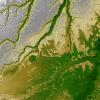
|
|||||

|
2002-09-17 | Earth |
Terra |
ASTER |
1192x998x3 |
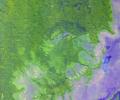
|
|||||

|
2002-09-26 | Earth |
Shuttle Radar Topography Mission (SRTM) |
C-Band Interferometric Radar |
1200x1200x3 |
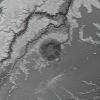
|
|||||

|
2002-09-26 | Earth |
Shuttle Radar Topography Mission (SRTM) |
C-Band Interferometric Radar |
1016x865x3 |
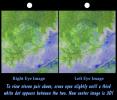
|
|||||

|
2006-01-17 | Earth |
Stardust |
Stardust Capsule |
3008x2000x3 |
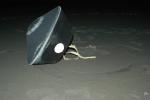
|
|||||

|
2018-04-12 | Earth |
ENVISAT |
2367x1334x3 | |
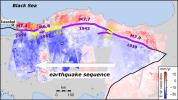
|
|||||

|
2005-08-30 | Enceladus |
Cassini-Huygens |
Ion and Neutral Mass Spectrometer Cosmic Dust Analyzer |
1016x819x3 |
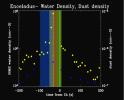
|
|||||

|
2008-03-26 | Enceladus |
Cassini-Huygens |
Ion and Neutral Mass Spectrometer |
1440x1080x3 |
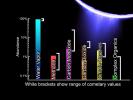
|
|||||

|
2005-01-11 | Encke |
Spitzer Space Telescope |
MIPS |
2154x2154x3 |
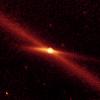
|
|||||

|
2008-10-27 | Epsilon Eridani |
Spitzer Space Telescope |
3000x1600x3 | |
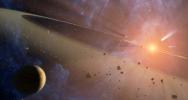
|
|||||

|
2008-10-27 | Epsilon Eridani |
Spitzer Space Telescope |
3000x2400x3 | |
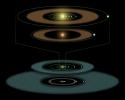
|
|||||

|
2000-08-05 | Eros |
NEAR Shoemaker |
Multi-Spectral Imager |
750x372x1 |
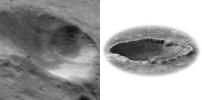
|
|||||

|
1998-03-26 | Europa |
Galileo |
Solid-State Imaging |
719x732x3 |

|
|||||

|
1997-12-10 | Europa |
Galileo |
Solid-State Imaging |
807x920x3 |

|
|||||

|
2000-07-10 | Europa |
Galileo |
Near Infrared Mapping Spectrometer |
950x650x3 |
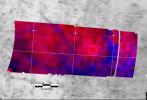
|
|||||

|
2013-12-11 | Europa |
Galileo |
2208x2292x3 | |

|
|||||

|
2013-12-11 | Europa |
Galileo |
Near Infra-Red Mapping Spectrometer |
1601x800x3 |
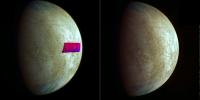
|
|||||

|
2017-02-08 | Europa |
Galileo |
Solid-State Imaging |
1338x2619x1 |

|
|||||

|
2006-01-11 | G29-38 |
Spitzer Space Telescope |
Infrared Spectrometer (IRS) |
3000x2400x3 |
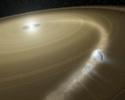
|
|||||

|
1998-03-26 | Ganymede |
Galileo |
Near Infrared Mapping Spectrometer |
1588x762x3 |
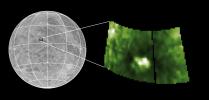
|
|||||

|
1998-03-26 | Ganymede |
Galileo |
Near Infrared Mapping Spectrometer |
445x525x1 |

|
|||||

|
1998-07-15 | Ganymede |
Galileo |
Solid-State Imaging |
790x1413x1 |

|
|||||

|
1998-07-15 | Ganymede |
Galileo |
Solid-State Imaging |
392x398x1 |

|
|||||

|
1998-07-15 | Ganymede |
Galileo |
Solid-State Imaging |
692x480x3 |
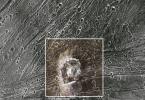
|
|||||

|
1998-07-15 | Ganymede |
Galileo |
Solid-State Imaging |
615x519x1 |
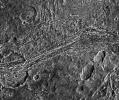
|
|||||

|
1999-10-07 | Ganymede |
Galileo |
Solid-State Imaging |
590x900x1 |

|
|||||

|
1999-10-07 | Ganymede |
Galileo |
Solid-State Imaging |
1078x900x1 |
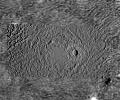
|
|||||

|
1998-08-02 | Hale-Bopp |
Hubble Space Telescope |
WFPC2 |
1152x825x3 |
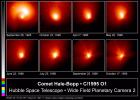
|
|||||

|
1998-08-03 | Hale-Bopp |
Hubble Space Telescope |
WFPC2 |
800x465x3 |
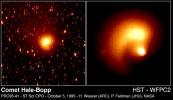
|
|||||

|
2010-09-08 | Hartley 2 |
Deep Impact |
Medium Resolution Instrument (MRI) |
512x512x1 |
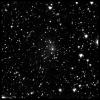
|
|||||

|
2010-10-26 | Hartley 2 |
EPOXI |
Medium Resolution Instrument (MRI) |
642x552x1 |
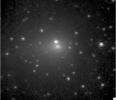
|
|||||

|
2010-10-26 | Hartley 2 |
EPOXI |
600x338x3 | |

|
|||||

|
2010-11-03 | Hartley 2 |
EPOXI |
512x512x1 | |
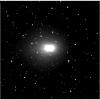
|
|||||

|
2010-11-04 | Hartley 2 |
EPOXI |
High Resolution Instrument (HRI) Medium Resolution Instrument (MRI) |
1274x535x1 |
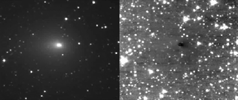
|
|||||

|
2010-11-04 | Hartley 2 |
EPOXI |
Medium Resolution Instrument (MRI) |
501x501x1 |
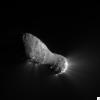
|
|||||

|
2010-11-04 | Hartley 2 |
EPOXI |
High Resolution Instrument (HRI) Medium Resolution Instrument (MRI) |
680x548x3 |
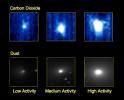
|
|||||

|
2010-11-04 | Hartley 2 |
EPOXI |
High Resolution Instrument (HRI) |
640x327x3 |
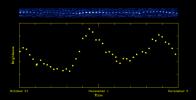
|
|||||

|
2010-11-04 | Hartley 2 |
EPOXI |
Medium Resolution Instrument (MRI) |
2999x2249x3 |
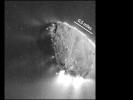
|
|||||

|
2010-11-04 | Hartley 2 |
EPOXI |
Medium Resolution Instrument (MRI) |
2999x2249x3 |
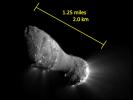
|
|||||

|
2010-11-04 | Hartley 2 |
EPOXI |
2999x2249x1 | |
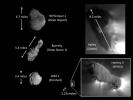
|
|||||

|
2010-11-04 | Hartley 2 |
EPOXI |
Medium Resolution Instrument (MRI) |
2999x2249x1 |
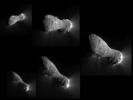
|
|||||

|
2010-11-05 | Hartley 2 |
EPOXI |
Medium Resolution Instrument (MRI) |
501x501x1 |
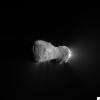
|
|||||

|
2010-11-05 | Hartley 2 |
EPOXI |
Medium Resolution Instrument (MRI) |
501x501x1 |
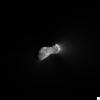
|
|||||

|
2010-11-05 | Hartley 2 |
EPOXI |
Medium Resolution Instrument (MRI) |
501x501x1 |
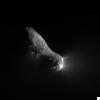
|
|||||

|
2010-11-05 | Hartley 2 |
EPOXI |
Medium Resolution Instrument (MRI) |
501x501x1 |
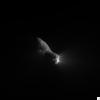
|
|||||

|
2010-11-05 | Hartley 2 |
EPOXI |
Medium Resolution Instrument (MRI) |
513x448x1 |
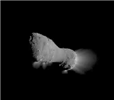
|
|||||

|
2010-11-18 | Hartley 2 |
EPOXI |
High Resolution Instrument (HRI) |
928x496x1 |
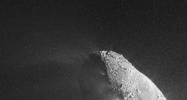
|
|||||

|
2010-11-18 | Hartley 2 |
EPOXI |
High Resolution Instrument (HRI) |
920x920x1 |
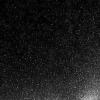
|
|||||

|
2010-11-18 | Hartley 2 |
EPOXI |
Medium Resolution Instrument (MRI) |
960x720x1 |
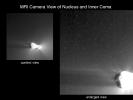
|
|||||

|
2010-11-18 | Hartley 2 |
EPOXI |
High Resolution Instrument (HRI) |
529x400x1 |
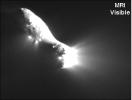
|
|||||

|
2010-11-18 | Hartley 2 |
EPOXI |
Medium Resolution Instrument (MRI) |
439x545x1 |

|
|||||

|
2010-11-18 | Hartley 2 |
EPOXI |
Medium Resolution Instrument (MRI) |
864x625x1 |
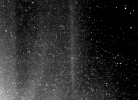
|
|||||

|
2010-11-18 | Hartley 2 |
EPOXI |
Medium Resolution Instrument (MRI) |
456x722x3 |

|
|||||

|
2005-04-20 | HD 69830 |
Spitzer Space Telescope |
Infrared Spectrograph (IRS) |
2766x2019x3 |
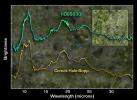
|
|||||

|
2006-01-09 | Helix Nebula |
Spitzer Space Telescope |
IRAC |
2400x2794x3 |

|
|||||

|
2007-02-12 | Helix Nebula |
Spitzer Space Telescope |
IRAC Multiband Imaging Photometer (MIPS) |
4279x3559x3 |
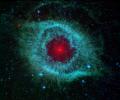
|
|||||

|
2014-04-02 | Helix Nebula |
Hubble Space Telescope |
Hubble Space Telescope |
16000x16000x3 |
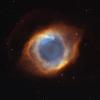
|
|||||

|
2008-10-13 | Holmes |
Spitzer Space Telescope |
IRAC MIPS |
2984x3639x3 |

|
|||||

|
2009-11-04 | HR 8799 |
Spitzer Space Telescope |
MIPS |
1100x1100x3 |
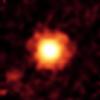
|
|||||

|
1998-08-02 | Hyakutake |
Hubble Space Telescope |
WFPC2 |
991x486x3 |
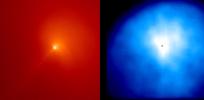
|
|||||

|
1998-08-03 | Hyakutake |
Hubble Space Telescope |
WFPC2 |
1152x893x3 |
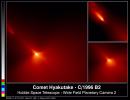
|
|||||

|
1998-06-04 | Ida |
Galileo |
Solid-State Imaging |
1563x915x3 |
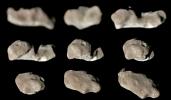
|
|||||

|
1998-06-04 | Ida |
Galileo |
Solid-State Imaging |
1563x915x3 |
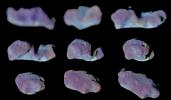
|
|||||

|
1997-12-18 | Io |
Galileo |
Solid-State Imaging |
800x800x1 |
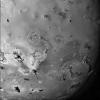
|
|||||

|
1997-12-18 | Io |
Galileo |
Solid-State Imaging |
1817x1817x3 |
![Io, the most volcanic body in the solar system is seen in the highest resolution obtained to date [Sept.7 & Nov. 6, 1996] by NASA's Galileo spacecraft.](/thumb/PIA00583.jpg)
|
|||||

|
1998-02-04 | Io |
Galileo |
Solid-State Imaging |
2290x1308x3 |
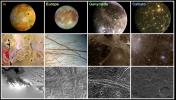
|
|||||

|
1997-12-18 | Io |
Galileo |
Solid-State Imaging |
743x647x1 |
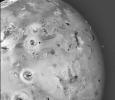
|
|||||

|
1997-12-18 | Io |
Galileo |
Solid-State Imaging |
800x472x1 |
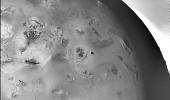
|
|||||

|
1997-12-18 | Io |
Galileo |
Solid-State Imaging |
800x615x1 |
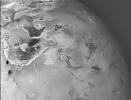
|
|||||

|
1997-12-18 | Io |
Galileo |
Solid-State Imaging |
797x752x1 |
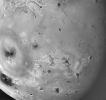
|
|||||

|
1997-12-18 | Io |
Galileo |
Solid-State Imaging |
685x752x1 |

|
|||||

|
2013-02-05 | ISON |
Deep Impact |
Medium Resolution Instrument (MRI) |
786x720x1 |
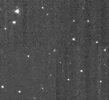
|
|||||

|
2013-07-23 | ISON |
Spitzer Space Telescope |
IRAC |
1210x788x3 |
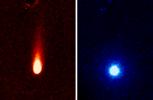
|
|||||

|
2013-07-02 | ISON |
Hubble Space Telescope |
1008x935x3 | |
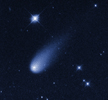
|
|||||

|
1998-09-15 | J Rings |
Galileo |
Solid-State Imaging |
2560x1920x3 |
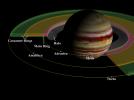
|
|||||

|
1998-09-15 | J Rings |
Galileo |
Solid-State Imaging |
1800x2700x3 |

|
|||||

|
2011-03-31 | J Rings |
Galileo |
Solid-State Imaging |
715x781x1 |

|
|||||

|
1996-01-29 | Jupiter |
Galileo |
Solid-State Imaging |
1600x1250x1 |
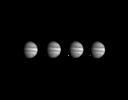
|
|||||

|
1998-05-02 | Jupiter |
Hubble Space Telescope |
WFPC2 |
800x800x3 |
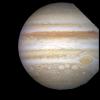
|
|||||

|
1998-05-02 | Jupiter |
Hubble Space Telescope |
WFPC2 |
830x568x3 |
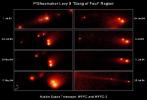
|
|||||

|
1998-05-02 | Jupiter |
Hubble Space Telescope |
WFPC2 |
800x600x1 |
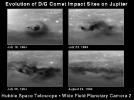
|
|||||

|
1998-05-02 | Jupiter |
Hubble Space Telescope |
WFPC2 |
600x854x1 |

|
|||||

|
2011-01-26 | Jupiter |
Gemini North Telescope |
1015x783x3 | |
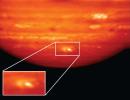
|
|||||

|
2011-03-31 | Jupiter |
Galileo |
2610x4104x3 | |

|
|||||

|
2013-04-23 | Jupiter |
Herschel Space Observatory |
PACS |
1765x1716x3 |
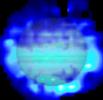
|
|||||

|
2013-04-23 | Jupiter |
Hubble Space Telescope |
Hubble Space Telescope |
1536x2048x3 |

|
|||||

|
2020-03-16 | Jupiter |
Juno |
JunoCam |
2260x2260x3 |
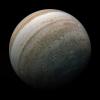
|
|||||

|
2017-06-05 | KELT-9b | 5120x2880x3 | ||
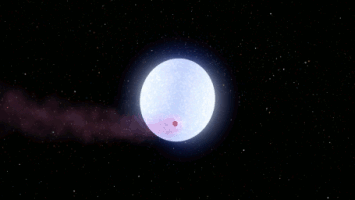
|
|||||

|
2005-04-26 | M11 |
Deep Impact |
Impactor Targeting Sensor (ITS) |
1000x1000x1 |
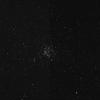
|
|||||

|
1998-06-08 | Mars |
Viking |
8292x6485x3 | |
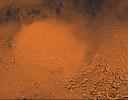
|
|||||

|
2000-09-16 | Mars |
Mars Global Surveyor (MGS) |
Mars Orbiter Camera (MOC) |
1024x1024x1 |
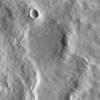
|
|||||

|
 |
 |
 |
 |
 |

|
| 1-100 | 101-200 | 201-300 | 301-400 | 401-500 |
| Currently displaying images: 201 - 300 of 473 |